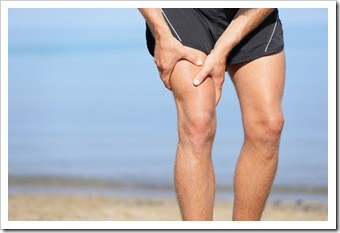Are you a runner and have pain on the outside of your knee? |
Details
Forefront AuthorsWe love writing about injury prevention and functional exercise. We want everyone to share in our motto: movement for a healthy life! Archives
June 2020
Categories
All
|
Signup To Be At The Forefront Of Injury Recovery & Fitness Tips!
Get out of pain and move better!
Scheduling & Inquiries
hello@forefrontpllc.com
Call or Text: (206) 279-2870
Fax: (206) 279-2872
Mailing Address
Forefront Physical Therapy ● 2212 Queen Anne Ave N #333 ● Seattle, WA 98109
Scheduling & Inquiries
hello@forefrontpllc.com
Call or Text: (206) 279-2870
Fax: (206) 279-2872
Mailing Address
Forefront Physical Therapy ● 2212 Queen Anne Ave N #333 ● Seattle, WA 98109
Billing Questions
cclemmons@omnimbs.com
cclemmons@omnimbs.com
Movement For A Healthy Life
Employment Opportunities
Forefront Physical Therapy operates on an entirely paperless system
Frequently Asked Questions
Employment Opportunities
Forefront Physical Therapy operates on an entirely paperless system
Frequently Asked Questions
© 2023 Forefront Physical Therapy, PLLC


 RSS Feed
RSS Feed
